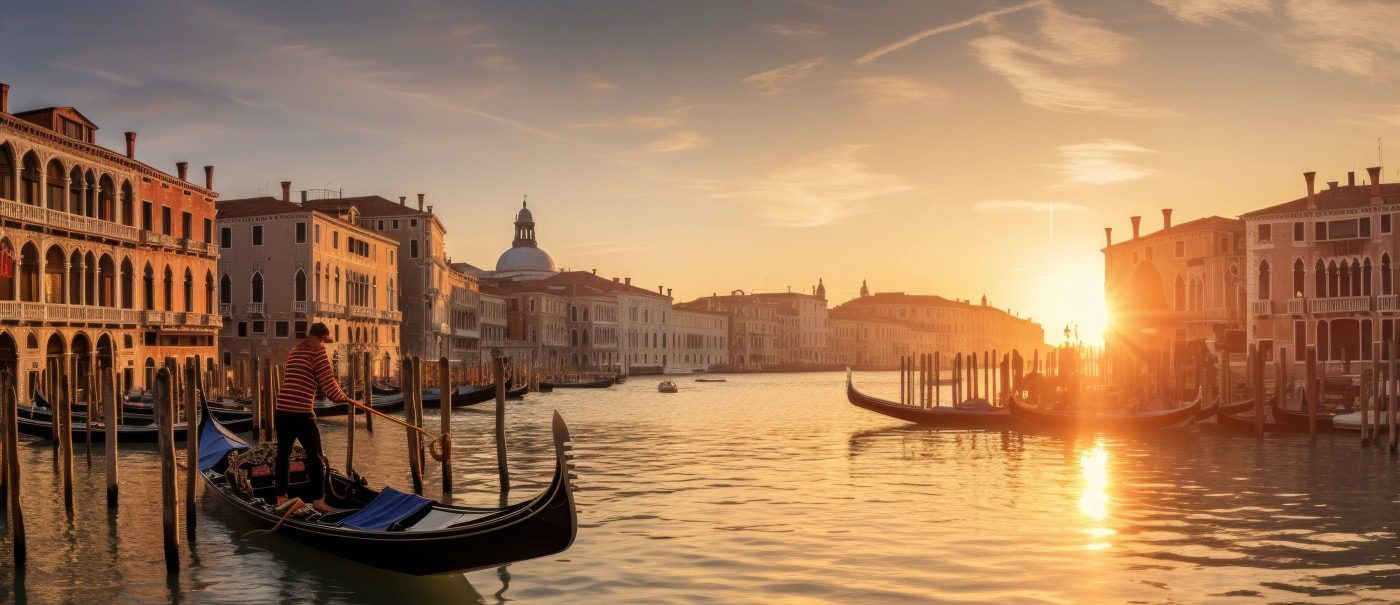UNESCO recommends adding Venice to heritage danger list
UNESCO, the United Nations cultural agency, has recommended that Venice be added to the world heritage site blacklist unless the Italian authorities do more to protect the city. In a statement issued on Monday, July 31, UNESCO said that the city faced “irreversible” damage due to a list of problems due to the effects of climate change in Venice because of the impact of mass tourism. Venice was inscribed on the World Heritage Site List in 1987, and this is the second time in the space of a few years that a recommendation to add it to the blacklist has been issued. That UNESCO seems to have given up its reluctance to blacklist Venice is a huge symbolic move, and one that might spearhead action.
UNESCO said in a statement: “The effects of the continuing deterioration due to human intervention, including continuing development, the impacts of climate change, and mass tourism threaten to cause irreversible changes to the outstanding universal value of the property. Moreover, the combined effects of human-induced and natural changes are causing deterioration and damage to building structures and urban areas.”
Around 28 million tourists visit Venice every year, which has led to more and more urban expansion projects
Many of the issues faced by Venice have been known about for years. In 2011, a report commissioned by UNESCO, scientists at the CNR-ISMAR (the leading Italian maritime research institute) concluded that no doubt rising sea levels would eventually reach a value that would not be sustainable for the Venice lagoon and the city. In 2019, a body of notable public figures appealed to the then-premier Mario Draghi to protect Venice from sea-level rise but failed to get a response. There was no money for the protection of Venice (or any Italian coastal towns at risk) in the €191 EU COVID recovery plan, which has been read as an indication of how little the future impact of climate change has influenced official thinking in Italy.
The report also cites the impacts of human activity. Around 28 million tourists visit Venice every year, which has led to more and more urban expansion projects. According to critics of the current mayor, Luigi Brugnaro, his attempts to control visitor numbers by a system of ticketing have proven completely unworkable. On a single day during the 2019 Carnival, nearly 200,000 people squeezed into the historic centre. Brugnaro’s council has also sold off banks of public housing that would have allowed more ordinary Venetians to continue living in the city. UNESCO believes that the resultant high-rise buildings can “have a significant negative visual impact” on Venice. Last summer, the population in the centre fell below 50,000.
UNESCO experts received insufficient answers to their requests for updates and a timetable on a plan to save Venice
A spokesman for the Venice municipality said that it will “carefully read” read the proposal, and then it will discuss it with the Italian government. Emergency measures adopted by the government two years ago saved Venice from the blacklist two years ago, including the enforcement of a ban on large ships in the San Marco Canal, but the UNESCO report blames the authorities for a “lack of strategic vision” to further address the problems faced by Venice. A plan to save Venice was never implemented and, according to the Italian newspaper La Repubblica, UNESCO experts received insufficient answers to their requests for updates and a timetable.
Massimo Cacciari, one of Venice’s former mayors, attacked UNESCO in response, accusing it of being “one of the most expensive and useless bodies on the face of the earth”. He said it passes “judgment without knowledge” and that it “gives opinions left and right, which we would do our best to disregard.” “They don’t give us any funding to make changes; all they do is criticise… As if Venice needed UNESCO to be a world heritage site! We need more action and fewer words.” UNESCO currently lists 55 of its world heritage sites globally as being “in danger”, with a further 204 that are actively being monitored by the agency due to the threats they face from a number of problems, including climate change and war. There was speculation that the Great Barrier Reef would make it onto this year’s list due to climate change, but UNESCO will instead review the Australian government’s conservation efforts next year.

Comments